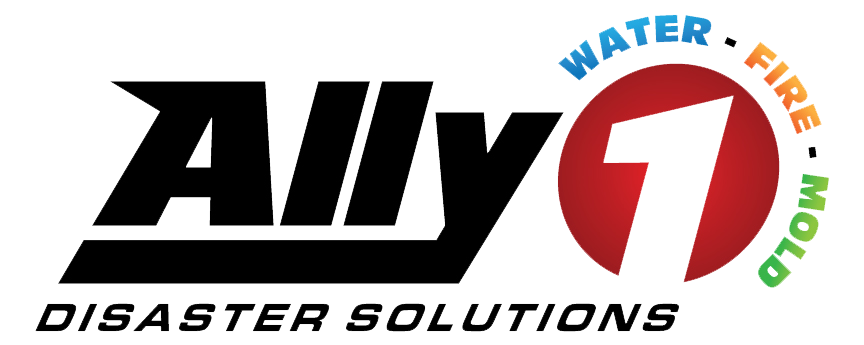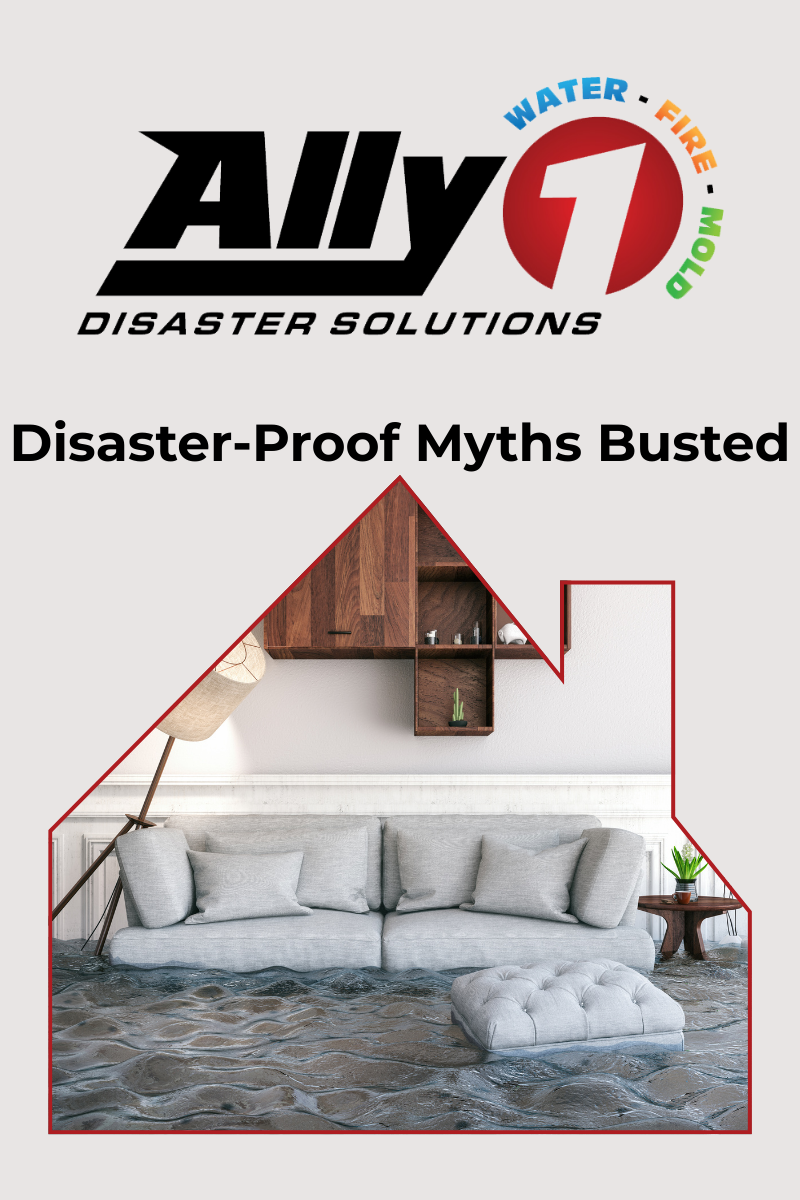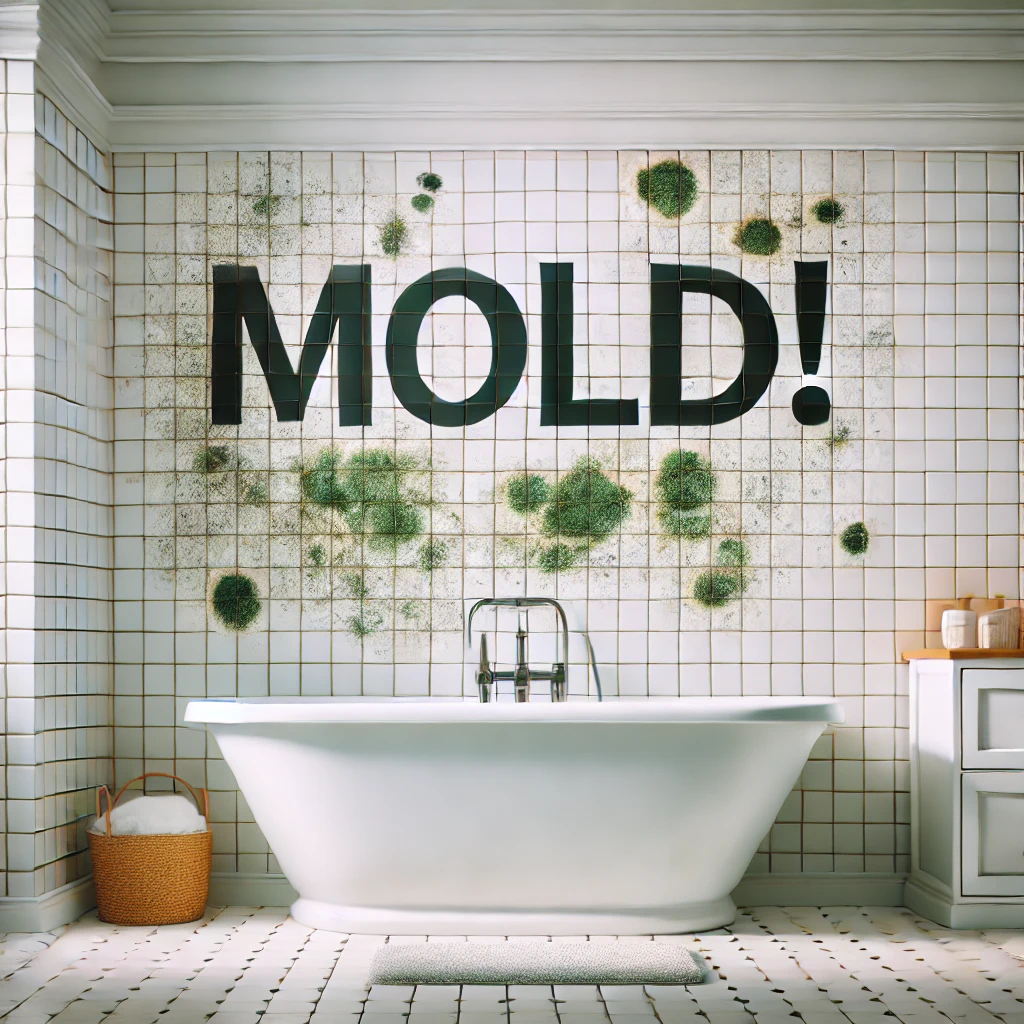So, you’ve just noticed a sneaky little (or not-so-little) puddle in your home. Maybe it’s coming from a mysterious spot on the ceiling, or perhaps your kitchen has decided it’s a swimming pool now. Water leaks can feel overwhelming, but don’t panic! You’ve got this, and we’re here to guide you through the steps to take when water decides to go rogue.
Step 1: Find the Source (Become a Water Detective)
First things first – let’s put on our detective hats. The key to fixing a water leak is identifying where it’s coming from. Look for:
- Dripping faucets or showerheads
- Leaky pipes under sinks or toilets
- Damp spots on walls, ceilings, or floors
- Water pooling near appliances like dishwashers, washing machines, or refrigerators
If you can find the source, great! You’re already ahead of the game. If the culprit is elusive, it might be hiding behind walls or under floors, which will require a bit more investigation. In either case, turn off the water supply to stop further damage while you figure it out.
For more tips on tracking down hidden water leaks, check out our guide to spotting water damage.
Step 2: Stop the Water Flow (Like a Water-Saving Superhero)
Okay, so you’ve identified where the leak is coming from. Now, it’s time to stop the flow. If your leak is from a faucet, toilet, or appliance, locate the shut-off valve for that particular fixture. But if the leak is more widespread or you can’t find the exact source, you’ll need to shut off the main water supply to your home. You’ll typically find the main shut-off valve near your water meter, often located in your basement or outside the house.
Turning off the water stops further damage and gives you some breathing room. No need to worry about turning your home into the next Atlantis.
Step 3: Clean Up the Mess (Time to Roll Up Your Sleeves)
With the water flow under control, it’s time to assess the damage and clean up. If there’s standing water, grab towels, a mop, or even a wet-dry vacuum if you have one. For larger leaks, consider renting or borrowing a sump pump to get rid of water quickly. The faster you dry things out, the less likely you’ll end up with mold (the uninvited guest no one wants).
Don’t hesitate to call the professionals at this point if the situation calls for it.
Pro Tip:
Use fans and dehumidifiers to dry out wet areas faster, and open windows to let in some fresh air. Mold thrives in moisture, so the goal is to dry everything as thoroughly as possible.
Concerned about mold after water damage? Read more on how to prevent and deal with mold infestations.
Step 4: Assess the Damage (Call in Reinforcements if Needed)
Once things are somewhat dry, it’s time to assess whether you can handle repairs yourself or if you need to call in professionals. For minor issues, like a leaky faucet or a small pipe repair, you might be able to handle it with a wrench and some basic plumbing skills. But if you’re facing:
- Extensive water damage to walls, floors, or ceilings
- Mold growth
- Electrical risks due to water exposure
- Burst pipes or major plumbing damage
… it’s best to call in the experts. Water damage can compromise your home’s structure and lead to long-term problems like rot or mold, so getting professional help early can save you a lot of headaches down the road.
Not sure when to call for backup? Here’s when you should call a water damage restoration expert.
Step 5: Repair the Source of the Leak (Fix it for Good)
Now that the water’s stopped and the mess is under control, it’s time to fix the problem. Depending on what caused the leak, you might need to:
- Tighten loose connections on pipes or faucets
- Replace a faulty fixture (hello, new dishwasher!)
- Patch a leaky roof
- Replace damaged pipes or plumbing
Make sure the issue is fully resolved before moving on – you don’t want to deal with this same problem next month!
Bonus: Check for Water Damage Insurance Coverage
Here’s a fun little surprise – your homeowner’s insurance might cover the cost of water damage repairs, depending on the cause. If the leak is from something sudden like a burst pipe, your insurance might help cover the costs. However, if the damage is from long-term neglect or a slow leak you ignored, you might be out of luck. It’s always a good idea to review your policy and contact your insurance company to see what’s covered.
For official guidance, the Federal Emergency Management Agency (FEMA) offers resources on what to do in the event of water damage caused by floods or leaks. You can check out their homeowner’s guide to flood insurance here.
Step 6: Prevent Future Water Leaks (Be a Leak-Prevention Legend)
Now that you’ve gone through the hassle of dealing with a water leak, let’s make sure it doesn’t happen again. A few preventative tips to keep future leaks at bay:
- Check your roof regularly for signs of damage or missing shingles.
- Inspect pipes for corrosion or wear, especially if your home is older.
- Replace old appliances that are prone to leaking, like washing machines or water heaters.
- Install a leak detection system that alerts you to leaks before they cause significant damage.
For additional tips on water damage prevention, the U.S. Environmental Protection Agency (EPA) has a wealth of information on water conservation and leak prevention at epa.gov/watersense.
Step 7: Call in the Pros When Necessary (You Don’t Have to Do It Alone)
Sometimes, leaks are just too tricky, or the damage is too extensive for a DIY approach. That’s where Ally1 Disaster Solutions comes in. Our team of professionals is ready to help you tackle water damage, repair the source of the leak, and restore your home to its pre-leak condition. We’ve got the tools, the know-how, and the elbow grease to make sure your home is leak-free and safe for the long haul.
Need expert help with a water leak? Contact Ally1 Disaster Solutions today for fast and effective water damage restoration
In Conclusion: Water Leaks Happen, But You’re Not Alone
A water leak might feel like the end of the world when you first spot that ominous drip-drip-drip, but with a little quick thinking and the right steps, you can handle it like a pro. From finding the source to drying out the area and preventing future issues, you’ve got the tools to stop water leaks in their tracks. And if things get out of hand? Call in the experts at Ally1 Disaster Solutions – we’re here to help every step of the way.
Remember, water damage is one of the most common issues homeowners face, but it doesn’t have to be a disaster. Stay calm, follow these steps, and you’ll have your home back to dry in no time.
Suggested Government Links for Further Reading:
- Federal Emergency Management Agency (FEMA): Flood Insurance and Water Damage Resources
- U.S. Environmental Protection Agency (EPA): WaterSense – Leak Prevention Tips
- U.S. Department of Housing and Urban Development (HUD): Disaster Recovery Assistance







